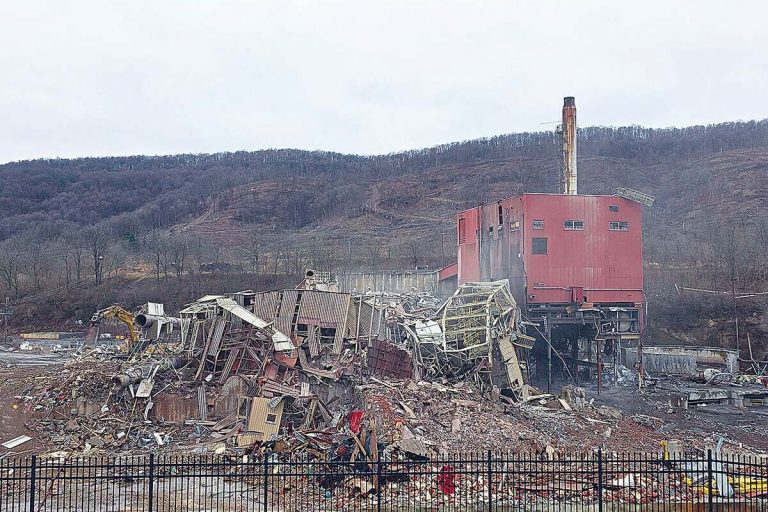
The disaster that is Tropical Storm Harvey is still ongoing. It will be some time before the waters recede and the effect on Houston can be fully assessed. But it is already clear the damage to property will be immense. Tens of thousands of structures were impacted by floodwaters. Eventually, Houston will require massive cleanup, demolition, and reconstruction of individual homes, large buildings, and infrastructure.
The first concern will be the financial resources necessary: Will insurance companies cover all the losses, and how much of them? How will the federal government’s heavily indebted flood insurance program come up with the cash to pay claims? And how much additional assistance will the federal government provide?
There’s another problem: a lack of human resources. It takes a lot of labor to remove debris after a storm and then reinstall Sheetrock and drywall, rebuild floors, and fix electrical and plumbing systems. The work is resistant to automation. And it is but one way in which Houston, which was poorly situated to deal with a hurricane, may also be poorly situated to recover from it.
The issue is that the United States is suffering from a shortage of workers generally, and specifically from a shortage of workers with some of the necessary skills to assist in disaster recovery.
Let’s review. With the U.S. economy having created jobs for a record 82 months, there are 146.6 million people with payroll jobs. The unemployment rate is 4.3 percent. At the end of June, the Labor Department reports, there were a record 6.16 million jobs open in the U.S. (That compares with about 4 million in August 2005, when Katrina hit.) Put another way, it’s harder to find labor in the U.S. right now than at any point in recent history.
But that’s not the whole story. There are particular shortages in the types of trades that get called into action after a disaster. America’s construction labor force has undergone a sea change in the past decade. When the housing bust came, hundreds of thousands of roofers and other skilled and unskilled tradespeople were laid off. Because the recovery was remarkably slow, many went on to find work in different industries. Many construction workers had come to the United States (legally and illegally) from Mexico and Central America to work in the boom years, and in the bust years some of them went home. Others were deported. And in recent years, the flow of new potential workers has slowed down significantly. The result: As the U.S. housing and construction recovery has chugged on, it has become more difficult to hire construction workers. In June, there were some 225,000 open construction jobs in the U.S., up 31 percent from June 2016.
All over the United States, in Colorado, in Nebraska, and elsewhere, construction companies have been complaining that they can’t find enough labor to do their job. The National Association of Home Builders reports that 77 percent of builders are facing a shortage of framing crews while 61 percent are grappling with a shortage of drywall installation workers and 45 percent report a shortage of weatherization workers. The problem is particularly acute in Texas, where the housing industry has been powered by consistent population and job growth and whose service industries are disproportionately reliant on immigrant labor. Last fall, as the Wall Street Journal reported, “In Dallas, the King of Texas Roofing Co. says it has turned down $20 million worth of projects in the past two years because it doesn’t have enough workers.”
In the aftermath of natural disasters, first responders and recovery crews flood the zone on a temporary basis. But reconstruction, cleanup, and recovery requires many thousands of workers who can stay for many months or more. FEMA Administrator Brock Long told CNN that “FEMA is going to be there for years.” Houston will require a surge of employment—tens of thousands of people. It will have to find places for them to live, since so much of the housing stock is damaged. And it will likely have to pay them above-market wages, because it will need to lure them away
Back in 2007, the Washington Post reported on a Tulane and University of California, Berkeley, study that found some 100,000 Hispanic workers thronged into the Gulf Coast region in the wake of Katrina, many of them undocumented. Houston will need a similar migration for it to recover. In 2017, from where will those workers come?




